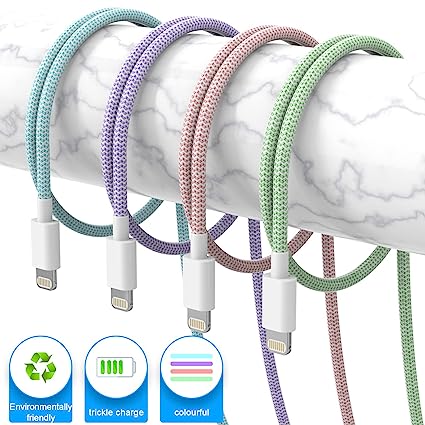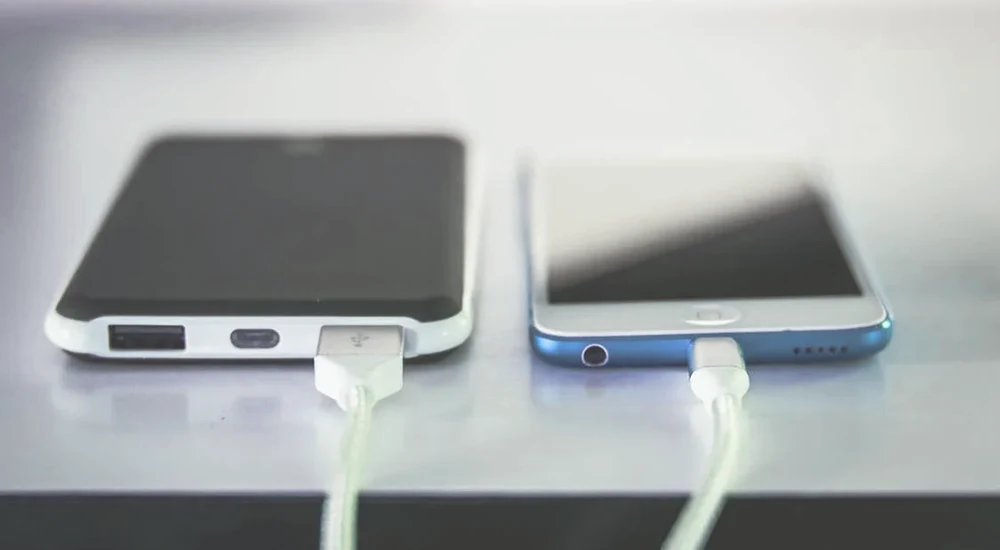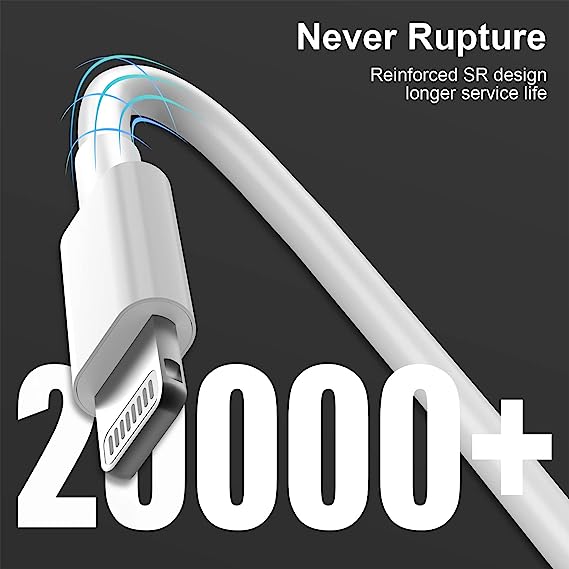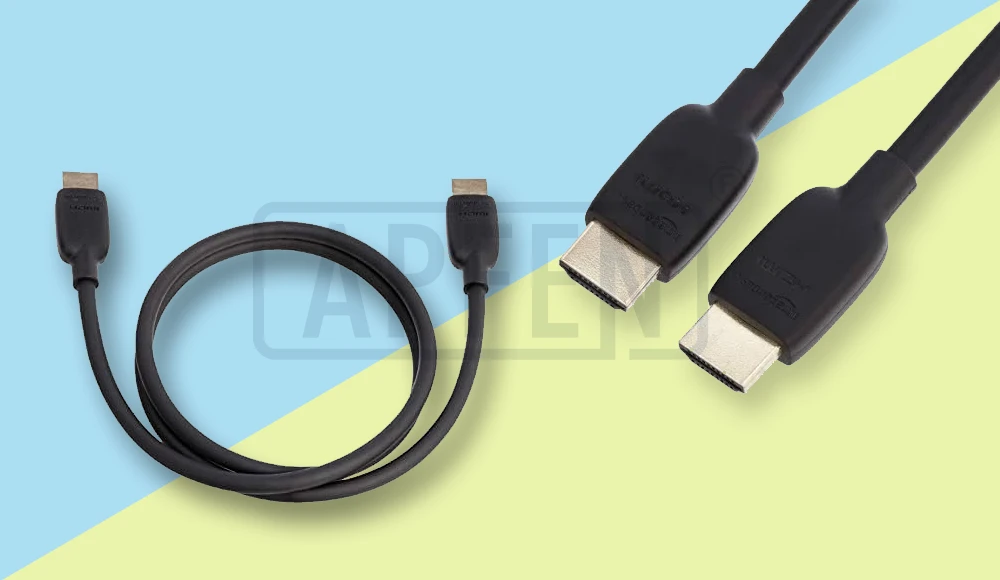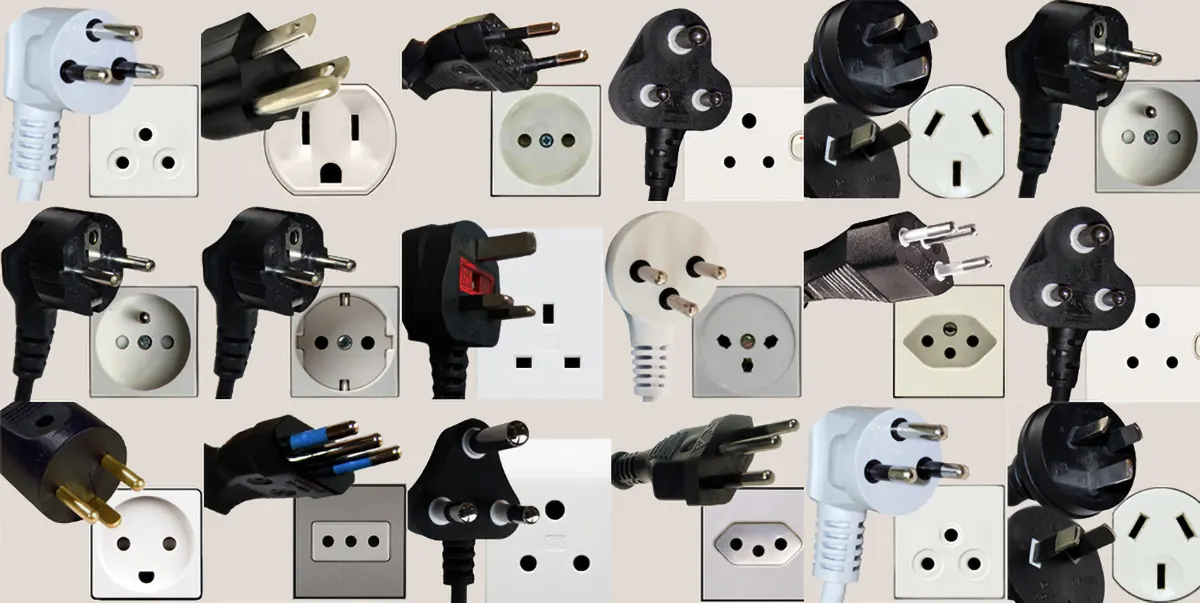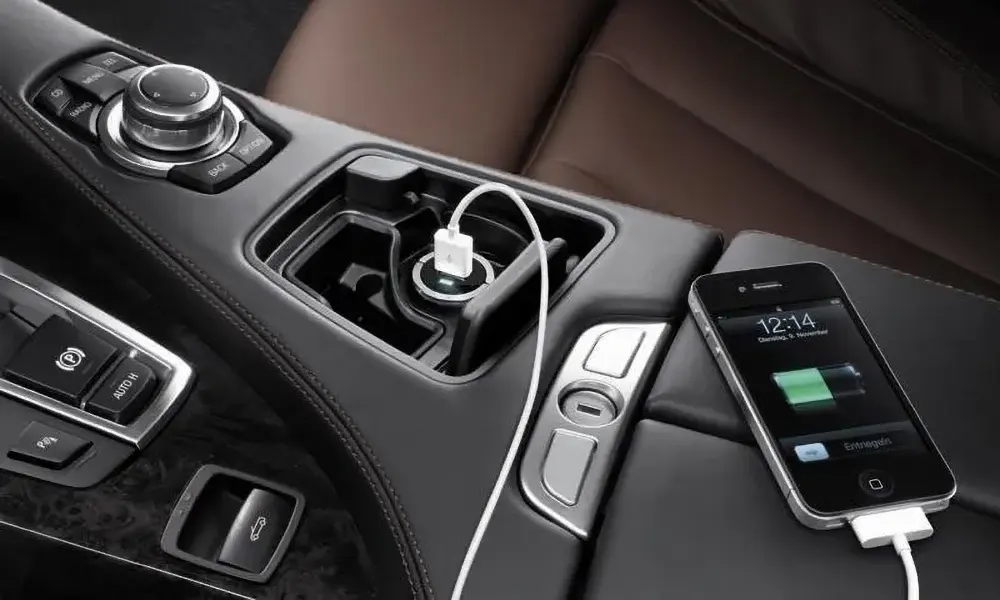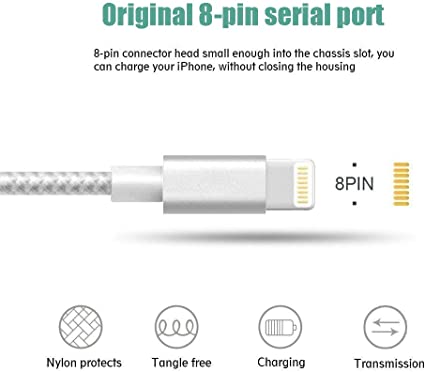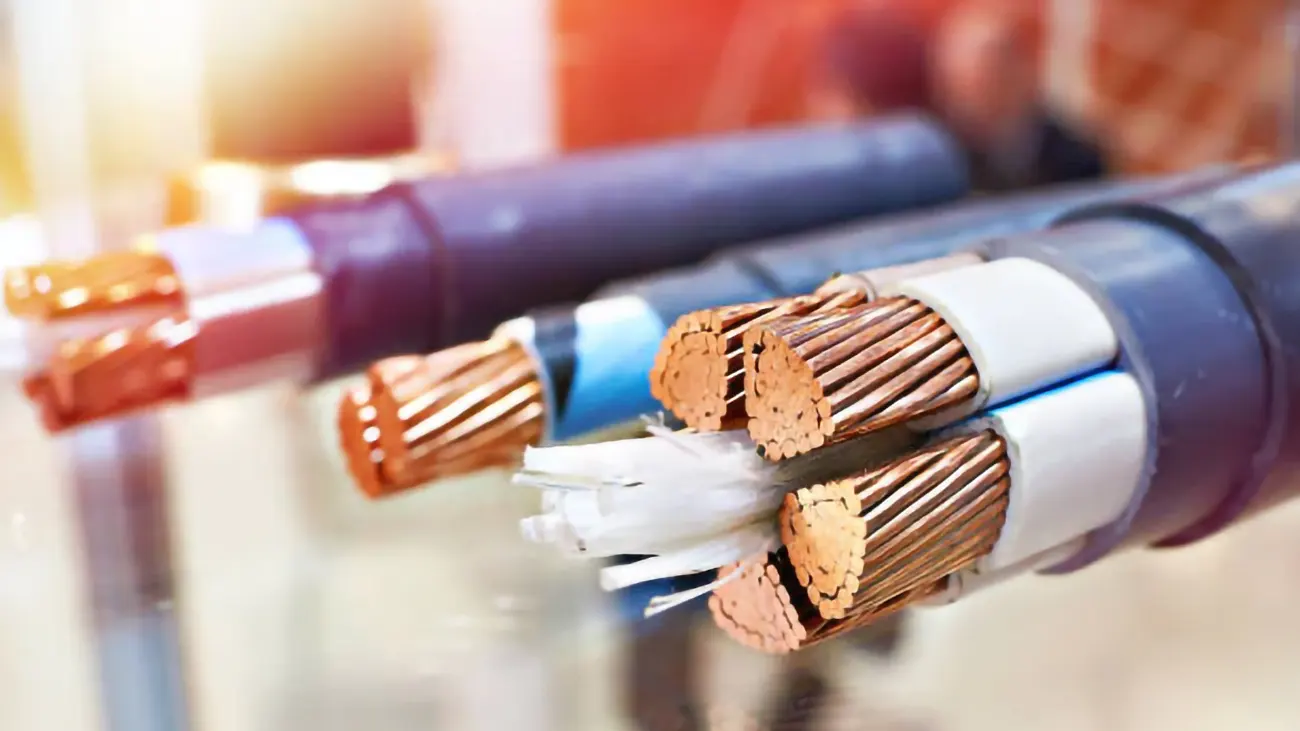USB 3.1 Gen 1, Gen 2, and USB 3.2 Compared: Learn Before You Buy
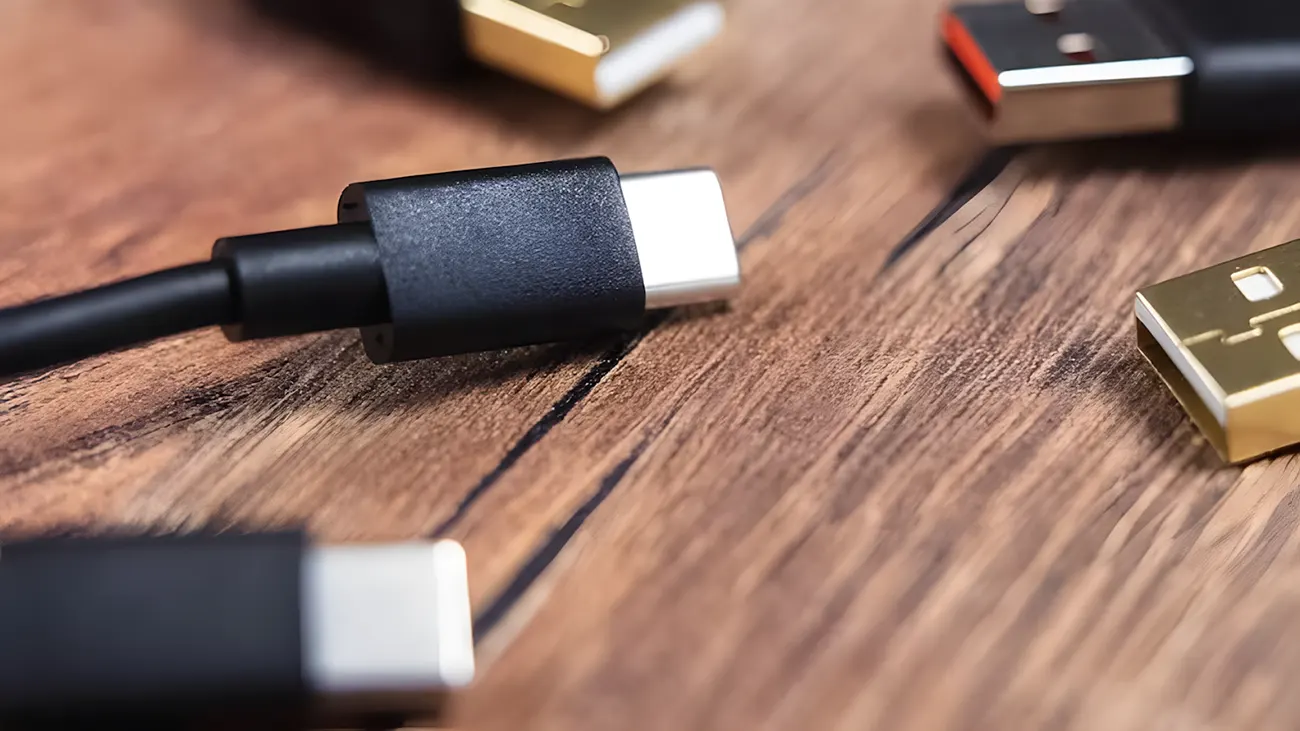
Okay, let’s talk about USB. You’ve probably seen terms like “USB 3.2 Gen 2” or “USB Gen 1” floating around. It can feel confusing, right? I get it. We see these labels on cables, computers, and all sorts of gadgets. But what do they actually mean for you? I want to help clear things up. We believe understanding this stuff shouldn’t be hard. So, let’s break down what “USB Gen” means in simple terms.
What Does USB Gen Mean?
Simply put, the “Gen” (short for Generation) part tells you about the speed of the USB connection, especially within the USB 3.x family. (Read more about the different USB transfer standards here.) When you see “Gen 1” or “Gen 2”, which after “USB 3.1” or “USB 3.2,” it indicates the speed at which data can be transferred by that device or cable. Think of it like different speed limits on that data highway. Higher “Gen” numbers generally mean faster speeds, but only within the same main USB version (like USB 3.2). It helps us know what performance level to expect.
What is USB Gen 1 and Gen 2?
Understanding the “Gen” concept is easier when we look at specific examples. Let’s use the most current naming: USB 3.2 Gen 1 and USB 3.2 Gen 2. These are very common today.
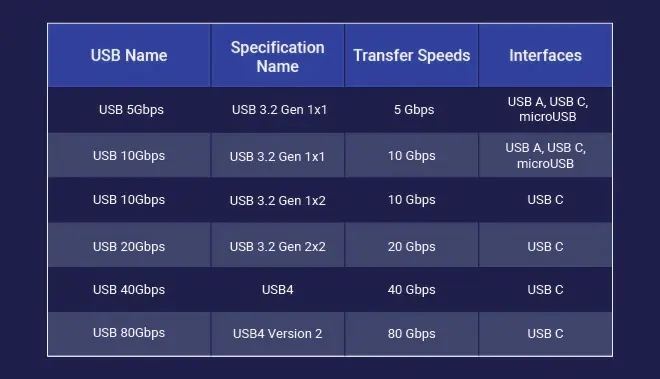
What is USB 3.2 Gen 1?
USB 3.2 Gen 1 is the starting speed for the USB 3.2 standard. It gives a top data transfer speed of 5 Gigabits per second (Gbps). USB 3.2 Gen 1 matches the speed of the first USB 3.0 and the later USB 3.1 Gen 1. So, if your device or cable has any of those labels, it can transfer data at 5 Gbps. This speed works well for daily needs, OK for external hard drives for backups, using flash drives, or hooking up things like webcams or printers. It’s fast enough for most basic tasks. Many people are looking for high quality USB 3.2 Gen 1 cables since they mix good speed with fair price.
What is USB 3.2 Gen 2?
Now, USB 3.2 Gen 2. The second leap in terms of speed for the USB 3.2 family. The major selling point of USB 3.2 Gen 2 is twice as fast as USB 3.2 Gen 1 to 10 Gbps. With 10 Gbps bandwidth support, USB 3.2 Gen 2 can offer DP Alt mode, which transfers video display signals directly via the USB cable to support 4K and 8K videos. And it also has the same speed of USB 3.1 Gen 2. So, if you notice either “USB 3.2 Gen 2” or “USB 3.1 Gen 2,” you can be assured that it supports up to 10 Gbps. This extra speed is quite useful for more demanding work. Imagine moving a 4K video to your laptop in seconds instead of minutes, or syncing a photo library before your coffee cools—USB 3.2 Gen 2’s 10 Gbps speed makes it happen.
Structurally, the main reason for this speed increase often involves how the data lanes inside the cables are used, especially with USB Type-C connectors. But for you as a user, it is actually quite simple: Gen 2 is twice as fast as Gen 1 within the USB 3.2 standard.
Differences between Usb gen 1 and gen 2.
We’ve touched on the main difference – speed. But let’s compare Gen 1 and Gen 2 more directly across the standards where you’ll see them: USB 3.1 (now considered part of 3.2) and USB 3.2. We should also mention USB4 briefly.
- USB 3.1 & USB 3.2:
Gen 1 (USB 3.2 Gen 1):Speed limit is 5 Gbps. This is the baseline “SuperSpeed USB.” It uses one data lane. You can tell from logos like “SS” or “SS 5”.
Gen 2 (USB 3.2 Gen 2): Speed limit is 10 Gbps. This is often labeled as “SuperSpeed USB 10Gbps.” It also uses one data lane but operates faster. Look for logos like “SS 10”. - USB 3.2 Gen 2×2:There’s another one in the USB 3.2 family: USB 3.2 Gen 2×2. This standard features two lanes of 10 Gbps simultaneously, achieving a total speed of 20 Gbps. It requires a USB Type-C connector on both ends and support from both devices connecting to it (like the header of the computer mainboard) and the peripherals (like a flash drive). You might see “SS 20” as its logo. While technically using “Gen 2” lanes, the “x2” signifies this dual-lane operation, setting it apart from the single-lane 10 Gbps Gen 2.
- USB4:USB4: USB4 is the latest major revision. USB4 speeds range from 20 Gbps (Gen 2×2) up to 40 Gbps (Gen 3×2), depending on your device and cable. It only supports the USB Type-C connectors. Importantly, USB4 incorporates the speeds of previous generations. A USB4 port will support USB 3.2 Gen 2 speeds (10 Gbps) and often much more. It also has Thunderbolt 3 technology, enabling better video output and more. In 2022, USB4 version 2.0 (also known as USB 80Gbps, Gen 3) was released. It supports 80 Gb/s data transmissions (40 Gb/s per lane with two lanes in each direction).
| Feature | USB 3.2 Gen 1 | USB 3.2 Gen 2 | USB 3.2 Gen 2×2 | USB4 v1 | USB4 v2 (USB 80 Gbps) |
|---|---|---|---|---|---|
| Max Speed | 5 Gbps | 10 Gbps | 20 Gbps | 20 Gbps / 40 Gbps | 80 Gbps |
| Compatibility | Works with USB 2.0, Gen 2 ports (at Gen 1 speed) | Works with USB 2.0, Gen 1 ports (at slower speed) | Needs Gen 2×2 host/device | Works with older USB | Maintains compatibility with previous USB versions and Thunderbolt 3 |
| Common Uses | External HDDs, Flash Drives, Basic Peripherals | Fast External SSDs, Docking Stations, High-Res Webcams | Very Fast External SSDs, High-Performance Docks | High-Speed Storage, Multiple Displays, eGPUs | High-Speed Storage, Multiple Displays, eGPUs |
This table helps compare usb 3.2 gen 1 vs gen 2, usb 3.2 gen 2×2, USB4 v1 and put USB4 v2 into context. The core differences mostly are transfer speeds and how many data lanes are used. It is worth mentioning that higher speed benefits features like higher resolution and refresh rate for video output.
Are USB Type-C and USB Gen 2 the same thing?
No, not every USB-C cable supports USB Gen 2. USB Type-C (or USB-C): This refers only to the physical shape of the connector. It’s the small, oval, reversible plug you see on most new phones, laptops, and tablets. It’s fantastic because you can plug it in either way up. The usb c connector itself is just the plug.
USB Gen 2 (like USB 3.2 Gen 2): This refers to the technology standard that dictates the data transfer speed (10 Gbps in this case). It’s about how fast data can move through the connection. Think of it like this: USB Type-C is the shape of the road’s entrance ramp, while USB Gen 2 is the speed limit on the highway itself.
A USB Type-C port or cable can support many different speeds and protocols. It could be:
- Slow USB 2.0 speed (480 Mbps)
- USB 3.2 Gen 1 speed (5 Gbps)
- USB 3.2 Gen 2 speed (10 Gbps)
- USB 3.2 Gen 2×2 speed (20 Gbps)
- USB4 speeds (20 Gbps or 40 Gbps)
- Thunderbolt 3 or 4 speeds (40 Gbps)
- DisplayPort video output
- Power Delivery (charging)
Just because a device has a Type C connector, it doesn’t mean it runs at USB 3.2 Gen 2 speeds. Check the device’s details or look for marks like “SS 10” near the port to confirm its speed. Also, some USB cables with Type-C ends only work at USB 2.0 speeds such as non-pro iPhone 15 models and the cable comes with the phone. Make sure the cable matches your device and what you need.
The term “Gen” refers to the data transfer capabilities within each USB version, especially starting from USB 3.1 later.
- USB 3.2 Gen 1 offers 5 Gbps, suitable for general use.
- USB 3.2 Gen 2 doubles that to 10 Gbps, ideal for high-performance tasks.
- Advanced standards like USB 3.2 Gen 2×2 and USB4 further increase speeds and functionality, supporting demanding peripherals and multi-display setups.
It’s also important to distinguish between USB connector types (like USB Type-C) and USB speed standards (like Gen 2), as not all USB-C cables or ports guarantee high data rates.
As an experienced USB cable manufacturer, we can help you figure out what cable is the right choice for your device or business. APPHONE has been committed to providing high-quality USB data cables that support different USB transmission specifications. At the same time, strict quality control and certification are implemented to ensure you get reliable connections and excellent performance. Don’t hesitate to contact us if you need some high quality USB cable!
What does “Gen” mean in USB versions like USB 3.2 Gen 1 or Gen 2?
“Gen” stands for “Generation” and indicates the data transfer speed within a specific USB version. For example, USB 3.2 Gen 1 supports up to 5 Gbps, while USB 3.2 Gen 2 supports up to 10 Gbps.
Is USB Type-C the same as USB Gen 2?
No. USB Type-C refers to the physical connector shape, not the data speed. A USB-C cable or port may support various speeds—from USB 2.0 (480 Mbps) to USB4 (up to 80 Gbps)—depending on its internal specifications.
What is the difference between USB 3.2 Gen 1 and USB 3.2 Gen 2?
The main difference is speed. USB 3.2 Gen 1 supports up to 5 Gbps, while USB 3.2 Gen 2 supports up to 10 Gbps. Gen 2 also enables support for higher-end uses like 4K video output and fast external SSDs.
What does USB 3.2 Gen 2x2 mean?
USB 3.2 Gen 2×2 uses two 10 Gbps data lanes simultaneously to achieve a total transfer speed of 20 Gbps. It requires USB Type-C connectors on both ends and compatible devices.
How can I tell what USB speed my device or cable supports?
Check for labeling such as “SS 10” (SuperSpeed 10 Gbps) near the port or on the cable packaging. Review the product specifications to confirm if it supports Gen 1, Gen 2, or higher standards.
Share This Artcle:

Fast delivery
Fastest delivery within 22 days

Quick proofing
Fastest 3-day proofing cycle

After-sale protection
24-month long warranty

1V1Customer Service
Professional customer service follow-up

